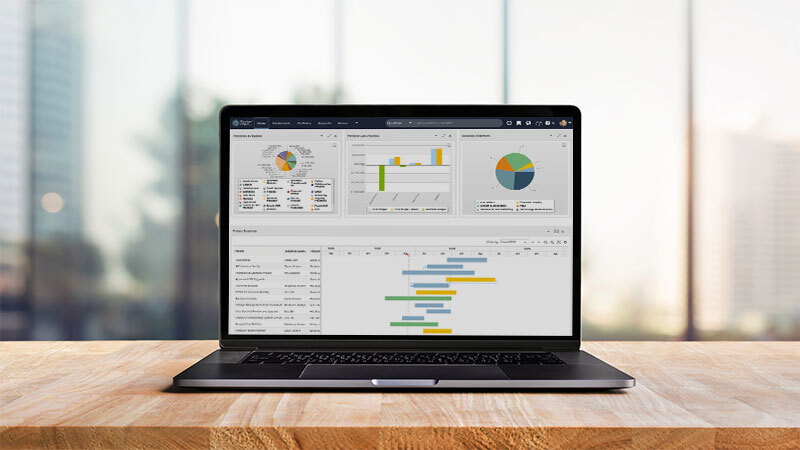
Is your IT project management office (PMO) functioning on a department level, program level, or project level?
Regardless, there is one thing all IT PMOs have in common: They are constantly inundated with urgent requests and demands for technology updates, technical support, and seamless implementations from all across their organizations.
As technology has expanded into every aspect of business operations, IT PMO roles have also expanded to take a higher-level view of enterprise-wide projects and resource allocation—especially as businesses grow.
When your conventional PMO’s responsibilities evolve to manage IT projects linked to important executive-level business objectives, it may be time to think about transitioning to an enterprise project management office (EPMO). Here’s a look at the different values offered by a PMO versus those of an EPMO, and how to manage this transition when the time comes.
The Functions—and Limits—of PMOs
A PMO can be used to pursue goals across a number of project-specific initiatives either contained within a single department—such as improving the management of tax processes—or they can span multiple departments.
According to the Project Management Institute, PMOs fall into one of three categories that provide a structure for projects and ensure the delivery of a finished product:
- Supportive PMOs are the most hands-off model, offering guidance in a supportive role that project participants can utilize or disregard at their own discretion.
- Controlling PMOs are a little more involved, setting deadlines, standards, and procedures without closely managing the project’s progression.
- Directive PMOs take a hands-on approach and control the entire process, assigning tasks and giving rigid instructions to ensure projects are completed in a particular manner. This approach is often taken with high-risk or highly sensitive projects for which control is seen as a safety or security measure.
All of these PMO strategies can offer value to an organization. What they all lack, though, is a high-level view of the project and how it connects with company-wide goals and objectives. To ensure separate PMO processes remain aligned with the larger business strategy, businesses often turn to an EPMO.
Identifying the Need for an EPMO
At a certain point, the expansion of the PMO’s role across an organization requires an additional arm to organize and manage enterprise-level projects and resources with the executive team. This is the kind of service that an EPMO provides.
An EPMO operates at a higher level than PMOs, focusing on strategy and ensuring that the strategy is executed by each PMO. An EPMO supports the development of budget plans and master project plans, and it improves the utilization of resources at the PMO level to enhance productivity and value across disparate projects.
An EPMO also provides much-needed visibility into operations throughout an organization, which can assist the chief operating officer in managing operations and implementing greater accountability into the company culture.
Perhaps most important of all, an EPMO provides an infrastructure to standardize the procedures, goals, resource management, and other aspects of project management throughout the organization, ultimately ensuring that these operations fully align with the business’s high-level strategy.
In essence, an EPMO increases an organization’s efficiency in managing multiple projects, and it raises the bar for the potential output and net value of individual PMO ventures. When a company’s individual PMOs lack coordination with one another, and with higher-level goals, it almost always means an EPMO approach is needed.
Best Practices for EPMO Oversight
Successful EPMO oversight requires the implementation of best practices that are based on the company’s strategic initiatives.
The first step is identifying the shortcomings of current PMO practices across a number of mission-critical considerations. These can include compliance and governance, business strategy management, organizational culture, portfolio management, and other considerations.
For an IT PMO graduating to become an EPMO, a particular area of focus should be implementing data-driven resource management to support better workflows, productivity, and value from ongoing PMO processes.
The EPMO can use forecasting tools to model expected IT demands and allocate resources as needed, and personnel can be better managed to allocate skill sets to the right projects—and to reassign employees as demands change.
Conclusion
As the burden of IT grows within an organization, an EPMO is an essential tool for prioritizing projects and managing resources to ensure success in reaching strategic objectives for each project.
If your IT department is overworked or your PMOs are struggling to drive results that align with your business strategy, it might be time to implement an EPMO approach.




